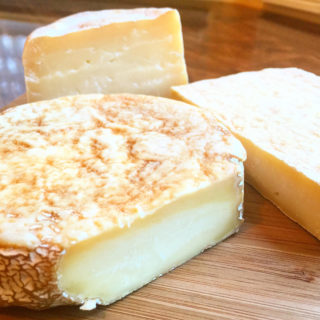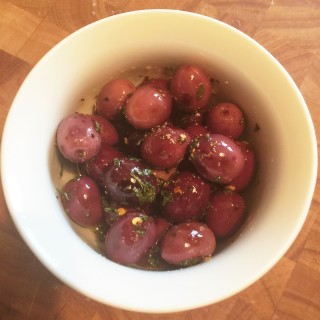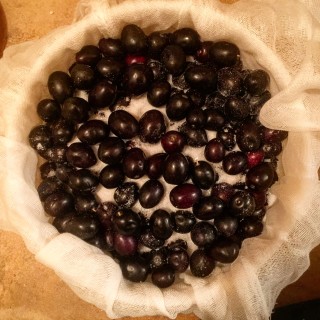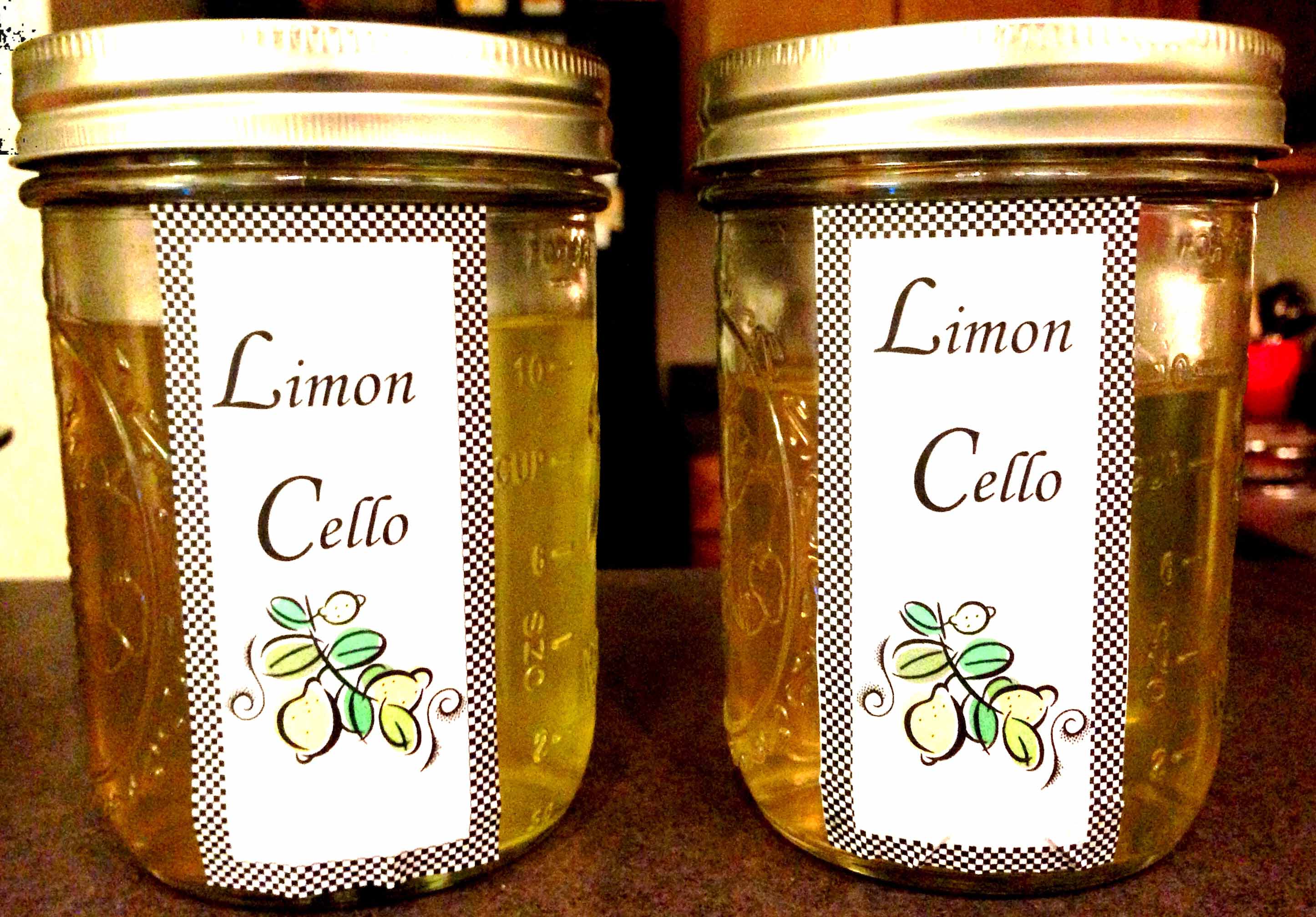Historically, the flow of food has not been constant for human societies. Whether agrarian based or hunter/gathering based, the availability of food has tended to come in ebbs and flows. This made it very important for early humans to learn how to preserve their food. They did this differently, based on location, type of preservation method available, and the type of food that they were able to obtain. When salt became widely available, it became the main source of preservation of most peoples. In addition to salt, there are many other ways that people started to preserve food. These include drying, cooling, heating, sugaring, smoking, pickling, and burial, among others. (https://en.wikipedia.org/wiki/Food_preservation)
In today’s modern world, many of us have access to what seems like unlimited food. We have refrigerators and freezers to store the food, so it may seem like traditional preservation methods are no longer necessary. On the surface, this may be true for many of us. But a lot of people still live in conditions where knowing how to preserve food in traditional methods is vital.
In addition, traditionally preserved foods have also played a role in the culinary history of many cultures. Once foods are preserved, they change, and many of use have acquired a taste for the unique flavors that preservation brings. This is why I started my experiments in food preservation. Meat curing was the first one, and it took on a life (and page) of its own. I have also experimented with other salt cured food, brine cured foods, pickled food, smoked food, sugared food, and dried food.



